In recent years, people from all walks of life gradually have a more comprehensive understanding of carcass cosmetic surgeons, seeing the difficulties behind the profession, as well as the warmth of their hearts. With the development of 3D scanning and 3D printing technology, carcass restoration has gradually changed from manual to digital.
Table of Contents
Carcass restoration has changed from manual to 3D digital
In fact, the traditional carcass restoration is mostly through manual repair, using clay and wax materials. The process is time-consuming, but the result is unsatisfactory. 3D scanning technology can scan the defect quickly, conduct high-precision 3D reconstruction and repair through software, and finally output by 3D printing technology. It has obvious advantages in speed and precision, richer material selectivity, reduce dependence on manual technology, and get fast restoration effect of high reduction.
Taiwanese designer carry out 3D digital restoration
Chien Lin, a designer from Taiwan with extensive experience in digital orthopedic medical research, recently was asked by a friend to restore the missing and broken remains, which had been damaged for unknown reasons. Chien Lin collaborated with various experts to complete the restoration in various digital ways.
-
1 Repair the missing part
Remodel with specific soil materials, dry and harden, and use EinScan-SE desktop 3D scanner for high-precision 3D scanning. And then reverse engineering, model adjustment, splicing and fitting are performed in the software. After 3D printing, assembling, repair is completed.
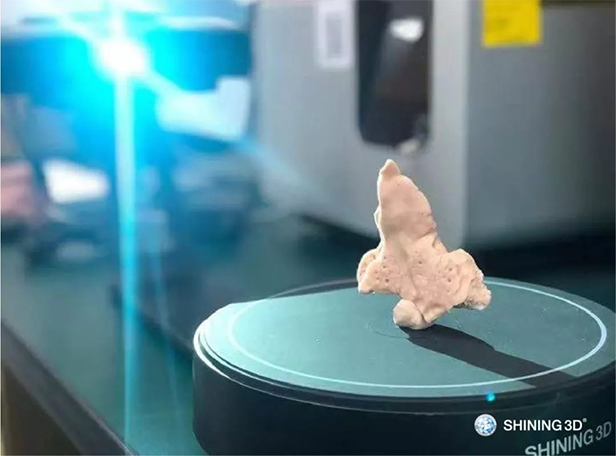
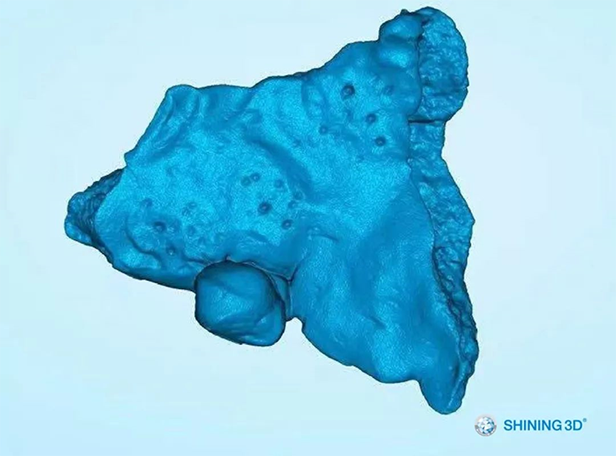
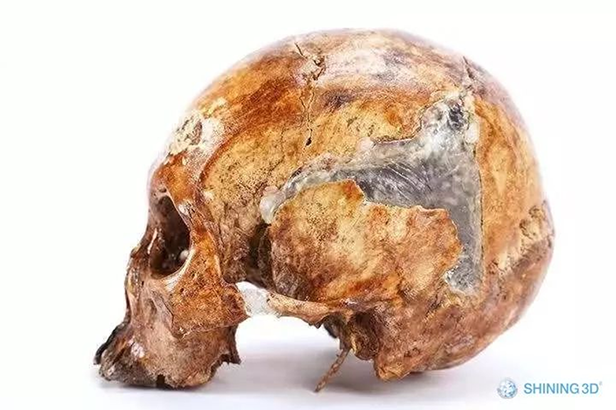
-
2Repair the mandible
The restoration of mandible is relatively complicated. To obtain high-precision 3D model, EinScan Pro series multifunctional handheld 3D scanner is used to scan the existing part. Select and scan a similar model from the available mandible bone models. And then virtually fit, compare and adjust both of them in the software, and finally assemble them after 3D printing.
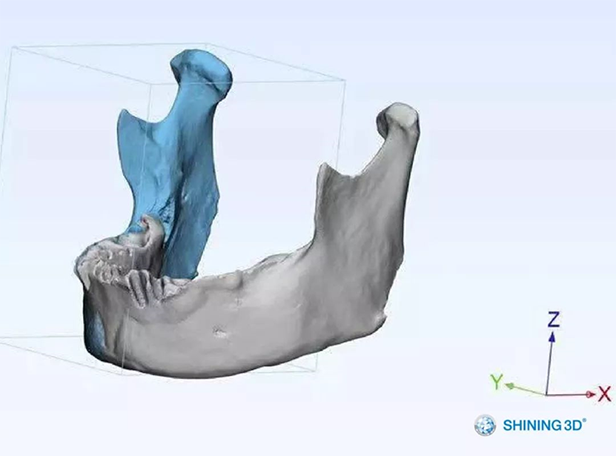
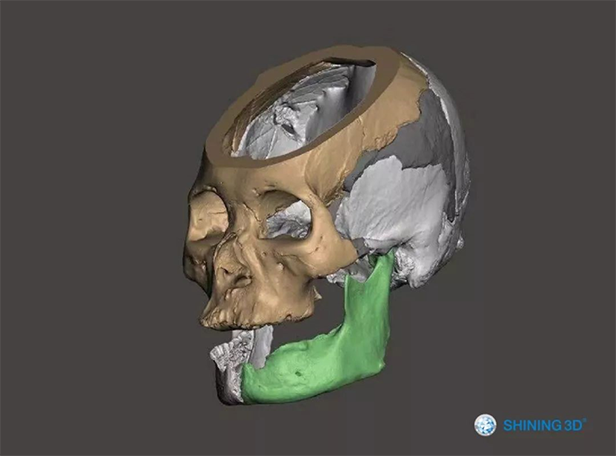
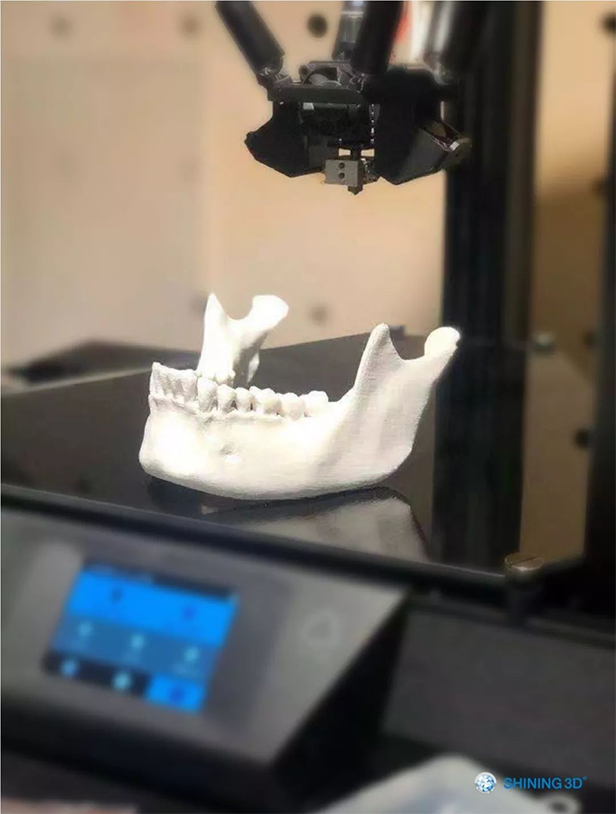
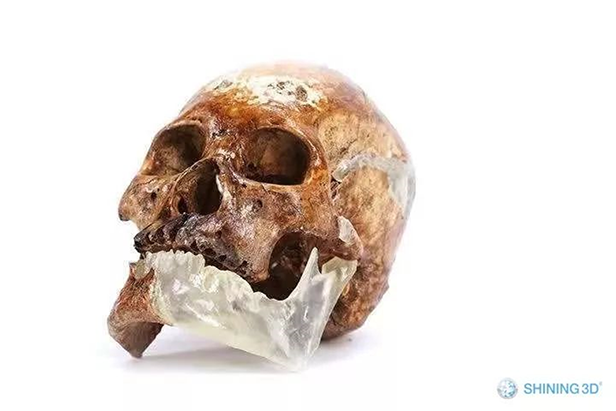
Application prospects
In the medical field, 3D scanning and 3D printing have valuable application, including defect repair, making virtual surgery plan, plastic surgery, etc. 3D digitization and additive manufacturing technology can improve surgical accuracy, reduce risks, relieve pain for patients, and achieve better surgical results.





